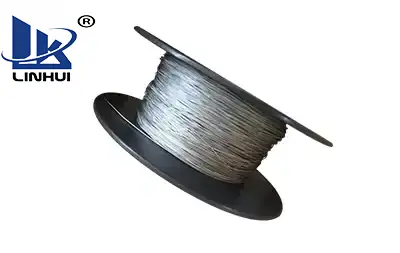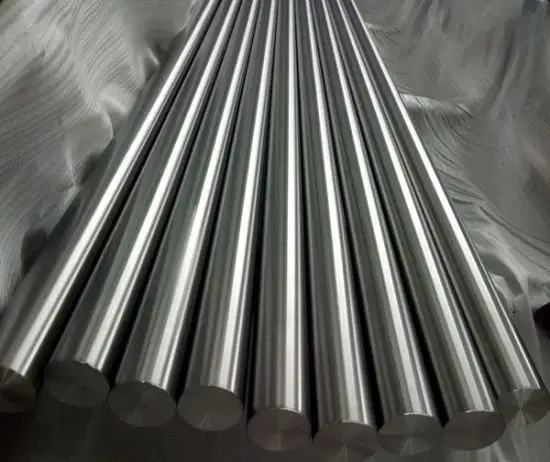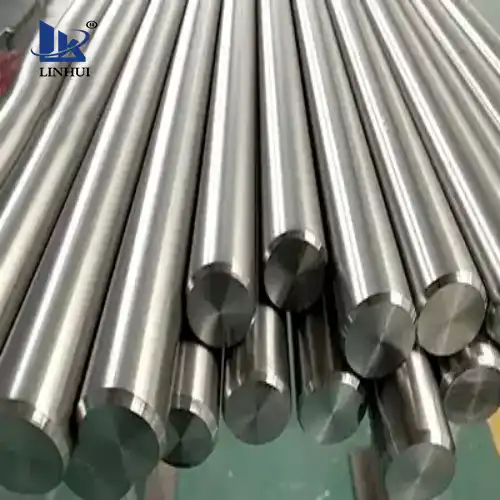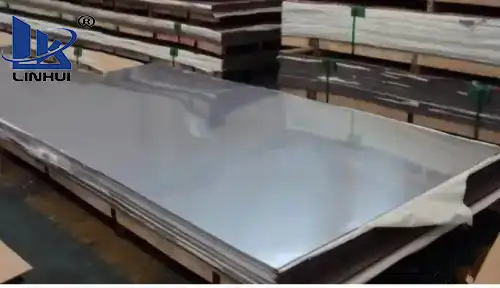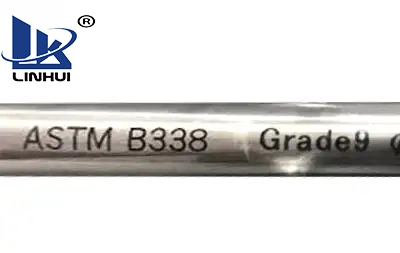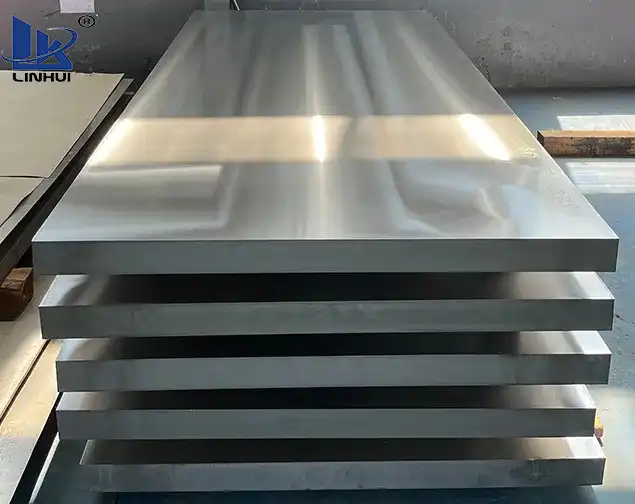In the past, many customers asked our titanium alloy target manufacturers some questions about titanium alloy targets. Now regarding the question of what metal titanium alloys are made of, I would like to summarize the following points for you, hoping to help everyone.
What metal is titanium alloy made of?
Titanium alloy is an alloy based on titanium and added with other elements.
Titanium is an isomorphous crystal with a melting point of 1720°C. It has a close-packed hexagonal lattice structure below 882°C, which is called alpha titanium; it has a body-centered cubic lattice structure above 882°C, which is called beta titanium. By utilizing the different characteristics of the above two structures of titanium, and adding appropriate alloying elements to gradually change the phase transformation temperature and phase content, titanium alloys with different structures are obtained. At room temperature, titanium alloys have three matrix structures, and titanium alloy target manufacturers are divided into the following three categories: α alloy, (α+β) alloy, and β alloy. In my country, they are represented by TA, TC, and TB respectively.
α titanium alloy
It is a single-phase alloy composed of α-phase solid solution. It is α-phase whether at normal temperatures or higher actual use temperatures. It has a stable structure, higher wear resistance than pure titanium, and strong oxidation resistance. At temperatures of 500°C to 600°C, it still maintains its strength and creep resistance, but it cannot be strengthened by heat treatment and its room temperature strength is not high.
β titanium alloy
It is a single-phase alloy composed of β-phase solid solution. It has high strength without heat treatment. After quenching and aging, the alloy is further strengthened, and the room temperature strength can reach 1372~1666 MPa; however, the thermal stability is poor and should not be used at high temperatures.
α+β titanium alloy
It is a dual-phase alloy with good comprehensive properties, good structural stability, good toughness, plasticity, and high-temperature deformation properties. It can be better processed by hot pressure and can be quenched and aged to strengthen the alloy. The strength after heat treatment is about 50% to 100% higher than the annealed state; it has high-temperature strength and can work at temperatures of 400°C to 500°C for a long time. Its thermal stability is inferior to α titanium alloy.
Among the three titanium alloys, α titanium alloy and α+β titanium alloy are commonly used; α titanium alloy has the best machinability, followed by α+p titanium alloy, and β titanium alloy is worse. The alpha titanium alloy is coded as TA, the beta titanium alloy is coded as TB, and the alpha + beta titanium alloy is coded as TC.
Titanium alloys can be divided into heat-resistant alloys, high-strength alloys, corrosion-resistant alloys (titanium-molybdenum, titanium-palladium alloys, etc.), low-temperature alloys, and special function alloys (titanium-iron hydrogen storage materials and titanium-nickel memory alloys) according to their uses.
Heat treatment: Titanium alloys can obtain different phase compositions and structures by adjusting the heat treatment process. It is generally believed that the fine equiaxed structure has good plasticity, thermal stability, and fatigue strength; the acicular structure has high lasting strength, creep strength, and fracture toughness; the equiaxed and acicular mixed structure has good comprehensive functions.
In summary, the above is everything the titanium alloy target manufacturers have answered for you. If you have any demand for related products, you are welcome to place an order.






